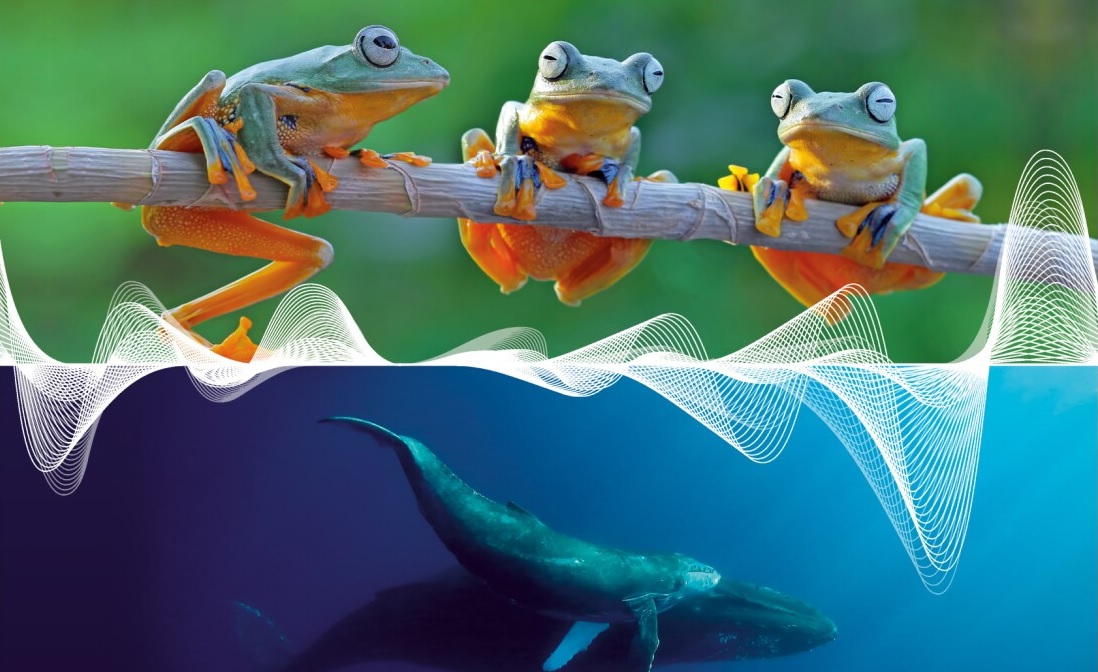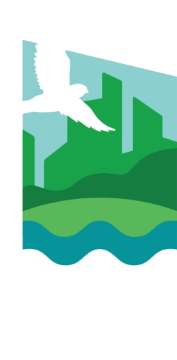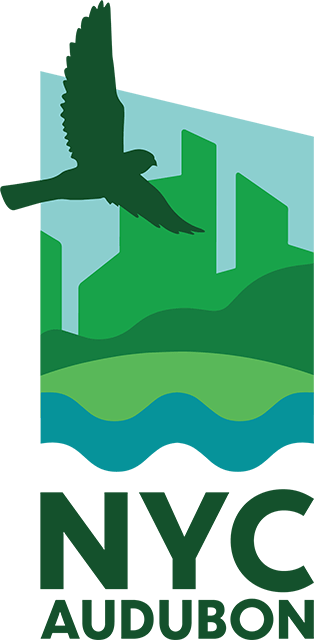Book Review: Sounds Wild and Broken by David George Haskell
category: URBAN AUDUBONENGAGEMENT

Sounds Wild and Broken: Sonic Marvels, Evolution’s Creativity, and the Crisis of Sensory Extinction by David George Haskell
BOOK REVIEW: SOUNDS WILD AND BROKEN BY DAVID GEORGE HASKELL
This article is a digital-only story from the winter 2022-2023 issue of The Urban Audubon.
By Suzanne Charlé
During the height of the COVID-19 pandemic, New Yorkers noticed the uncharacteristically quiet streets. The birds did too, according to ornithologists: with less human noise to compete with, the songs of species such as the White-crowned Sparrow grew softer and changed in frequency.
In Sounds Wild and Broken: Sonic Marvels, Evolution’s Creativity, and the Crisis of Sensory Extinction (Viking, February 2022), David George Haskell explores the evolution of sonic communications, from bacteria to birds to Bach.
In his profound, scientifically rooted, and often poetic guide to the sounds of nature, Haskell explores how our planet—devoid of voices for over four billion years—came alive with song, music, and speech. Bird lovers will be fascinated with his many revelations. Crickets and their kin were first on the animal soundscape, 300 million years ago, followed by other insects. It wasn’t until the late Cretaceous period that birds joined the chorus. Unlike the birds of today, however, they had teeth, bony tails, and wings with claws, but no syrinx (the specialized voice box of modern birds). Consequently, they grumbled and hissed. After the Chicxulub asteroid wiped out non-avian dinosaurs 66 million years ago, a period of rapid evolutionary change followed. And as the earth’s forests revived, new species with a syrinx added the world’s first birdsong to the chorus of frogs, reptiles, and early mammals.
Haskell, noted by one reviewer as a “laureate for the earth,” traces the distinct dialects of the White-crowned Sparrow’s song. All White-crowned Sparrow chicks learn the details of their songs from their parents, but their songs differ according to their experience. Those living above the tree line in the Rocky Mountains must migrate south every autumn, and consequently have no distinct regional dialect. Those living in small stable neighborhoods on the California coast, however, are vocally distinct from one another, each small group producing its own “popular sounds, more like Top 40 music playlists than a dialect.”
Similarly, when the Red Crossbill of the Rockies opens its large bill (well suited for prying open pinecones) to sing, its clear, high notes penetrate the loud bellow of wind racing through the pines. “Evolution shaped the song to the place,” writes Haskell.
Haskell’s finely tuned scientific observations introduce us to the sounds of all sorts of animals, both above and below the seas: In “an innovation zone” off the coast of Australia, Humpback Whales develop new calls; once established, the new sounds will spread throughout the oceans.
“The diversity of human sounds, so rich within our cultures and individual lives, is just one manifestation of sound’s creative workings within animal species,” says Haskell. These sounds—and the creatures that make them—are being threatened by noise pollution and habitat destruction, thanks to human activity. How can we reduce this threat? One way to begin, Haskell suggests, is to recognize the problem. We must learn again how to listen, “to celebrate the storied sensory richness of our world.”
Read more about birdsong in New York City here.
Read more about birdsong in New York City here.


